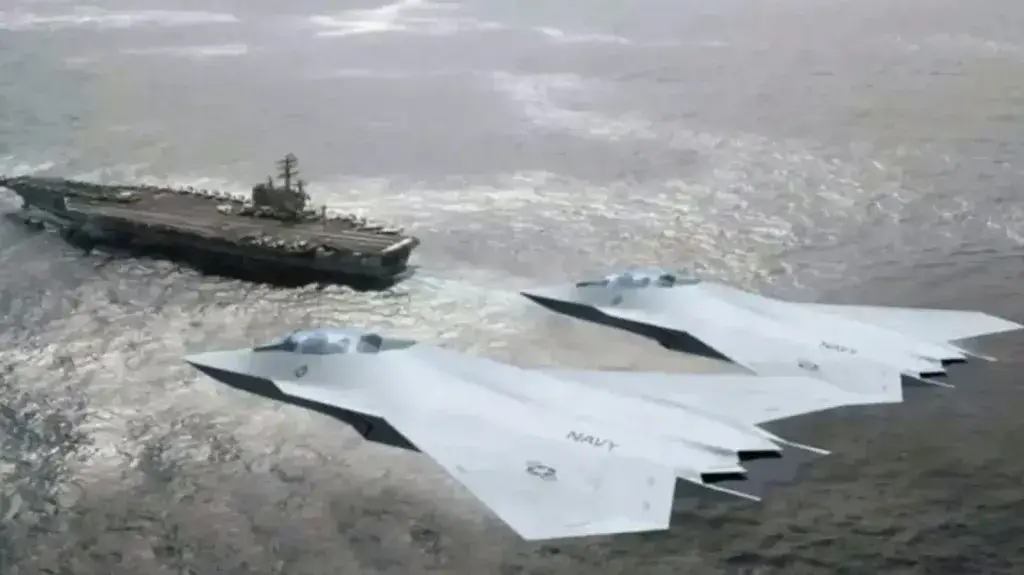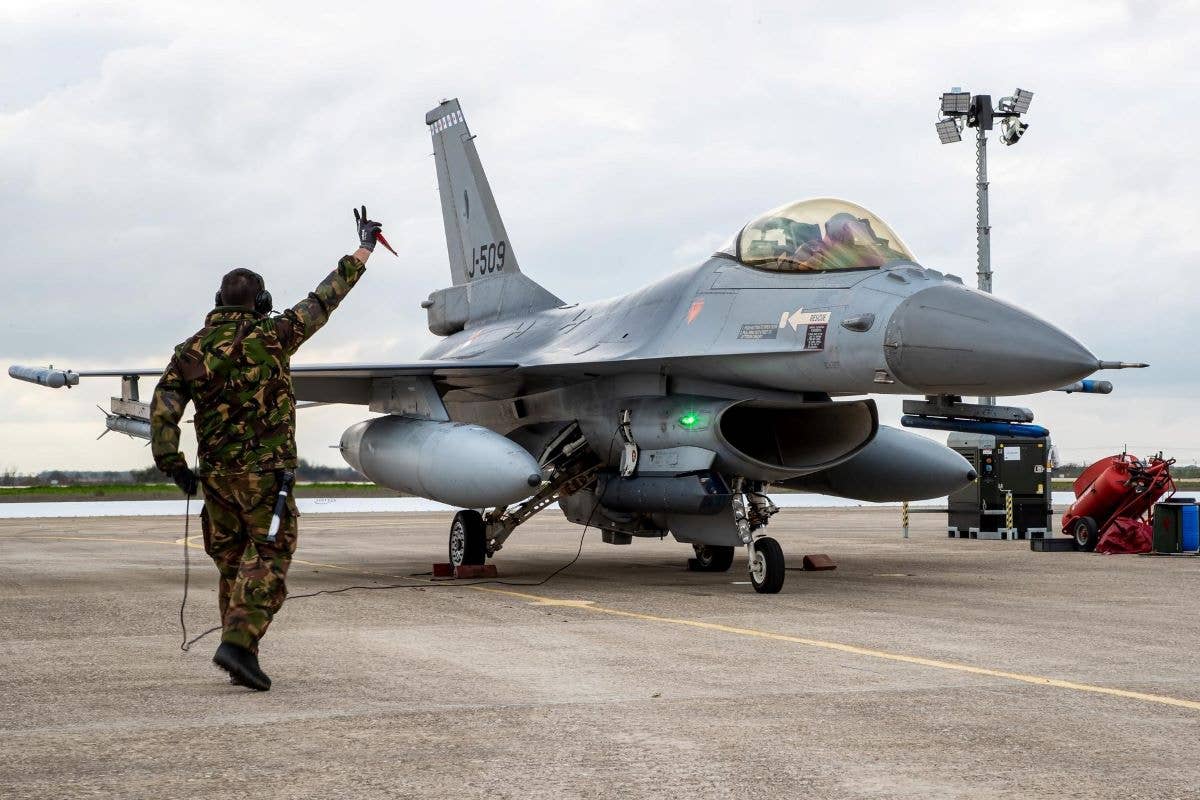GAO Advocates Separate Program for F-35 Engine Upgrades
The F-35 aircraft program, which faces a cost overrun of $183 billion and is more than a decade behind schedule, needs greater congressional oversight, the agency said.

The GAO recommended greater oversight of the F-35 program. [CREDIT: USAF]
The Government Accountability Office wants the Department of Defense to manage a modernization program for the F-35 Joint Strike Fighter, known as Block 4, separately from the rest of the F-35 budget. Doing so would make it easier for Congress to identify and analyze cost increases that have plagued the aircraft, the GAO said in a recent report.
According to the GAO, the effort to upgrade the F-35’s capabilities has been in development for five years, and during that time the program’s cost has risen from $10.6 billion in 2018 to $16.5 billion in August 2021. Costs rose by more than $1 billion just from June to August 2021, the GAO said.
The Block 4 expenses add to a list of problems the F-35 program has experienced for many years. “The Department of Defense's most expensive weapon system—the F-35 aircraft—is now more than a decade behind schedule and $183 billion over original cost estimates,” the GAO said in its report.
The GAO said it made a total of seven recommendations for actions it believed DOD should take and that Congress should consider. These included improving reporting on cost increases related to Block 4 and determining specific requirements for engine improvements.
“Overall, DOD concurred with three, partially concurred with three, and did not concur with one recommendation,” the GAO said.
Regarding plans to upgrade the F-35’s engine and cooling system, the GAO said “this multibillion dollar effort” is to be managed under the existing F-35 program, “which is scheduled to transition to sustainment soon, and that would limit congressional oversight.”
The GAO further explained that the aircraft’s current cooling system is inadequate and results in the engine operating “beyond its design parameters.” This leads to increased wear and expense while reducing the engine’s lifespan and adding $38 billion in maintenance costs.

Sign-up for newsletters & special offers!
Get the latest FLYING stories & special offers delivered directly to your inbox






